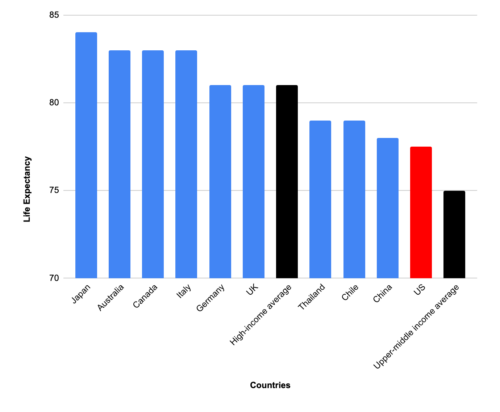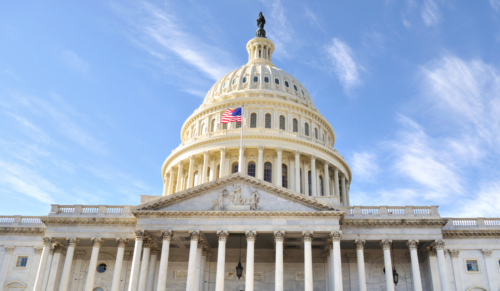Obama Needs New Growth Story
By: / 09.01.2011
 The White House this week is dribbling out new details about Obama’s forthcoming jobs package. Liberals already are complaining that the president is thinking too small, while conservatives dismiss his ideas as just more “stimulus” in drag.
The White House this week is dribbling out new details about Obama’s forthcoming jobs package. Liberals already are complaining that the president is thinking too small, while conservatives dismiss his ideas as just more “stimulus” in drag.
Neither critique gets to the heart of the problem. The U.S. economy is enduring an investment and job drought that began well before the Great Recession hit late in 2007. The public is strikingly pessimistic about the nation’s economic prospects and has lost confidence in the conventional remedies pushed by both parties.
More than a batch of new programs, Americans need a new story about how to regain our economic dynamism. We need a fundamentally new model for economic growth, and the president’s kit-bag of new micro-initiatives doesn’t add up to one.
His proposals mostly seem sensible, but absent a new vision for dealing with the economy’s structural problems, they give off a whiff of spaghetti-against-the-wall desperation. The administration is hoping that something, anything will move the needle on job creation and get unemployment trending down.
Here, according to various media accounts, is what the White House job package is likely to include:
- A $5,000 tax credit for hew hires.
- A five percent reduction in payroll taxes on any net increase in wages.
- $50 billion in new spending on infrastructure.
- An overhaul of patent laws to encourage faster innovation.
- A new mortgage refinancing scheme to help “underwater” homeowners avoid foreclosures that are depressing housing prices.
Liberals have a point in arguing that these initiatives are unlikely to have more than a marginal impact on jobs and economic growth. The tax credit and payroll tax reduction will likely expand employment, but they also will reward companies for hiring workers they would have hired in any case. Michael Greenstone, former chief economist for the president’s Council of Economic Advisers, estimates the tax credit will create 900,000 additional jobs at a cost of $30 billion. The United States must create 21 million new jobs over the next decade to return to full employment.
Modernizing America’s antiquated infrastructure is essential, even if the immediate job gains are likely to be modest. While it’s conceivable that $50 billion could leverage large-scale private investment in new infrastructure, there’s a catch: The administration does not envision funneling that money into a truly independent infrastructure bank. That’s likely to scare off private investors, who need assurances that big capital projects will be chosen on economic rather than political grounds.
The real problem, however, isn’t that Obama isn’t spending enough. It’s that this spray of programmatic buckshot won’t deal with structural impediments to economic innovation and growth. As PPI has argued, U.S. policy makers need a new model of economic growth centered on production, not consumption; on saving and investing, not borrowing; and on exports, not imports.
Obama needs to fit his specific initiatives within the broader story of an American economic comeback sparked by a shift from debt-fueled consumption to domestic production. This narrative should explain how overconsumption—by both U.S. households and governments—helped to create the job slowdown, wage stagnation, financial bubbles and exploding debts that have plagued our economy since 2000. It would connect America’s twin economic imperatives: creating jobs and controlling the national debt. It would say: If we don’t curb the unsustainable growth of entitlement spending (mostly for health care consumption), we will squeeze out strategic public investments the nation’s physical, human and knowledge capital—infrastructure, skilled workers, and new technology.
But a “producer society” narrative doesn’t just reinforce progressive demands for more strategic public investment. It also lends weight to conservative calls for policies that create a climate more conducive to innovation, entrepreneurship, and business creation. In fact, it will take a new fusion of liberal and conservative economic prescriptions to get America moving again.
Key elements of such a fusion include a sweeping overhaul of personal and corporate taxes, a light-handed approach to regulating companies that invest heavily in innovation, stronger constraints on Medicare and Medicaid spending, new investments in technical education to supply workers for advanced manufacturing, and the transformation of our archaic K-12 school system by choice and digital learning. And, as I’ve written elsewhere, it also requires a new partnership between U.S. workers and those companies that are investing in creating jobs in the United States.
President Obama’s ideas for spurring job growth are fine as far as they go, but they don’t go nearly far enough. He needs to offer the country a new story of economic success, that once again makes America a dynamo of production and middle class job creation.
Photo credit: OFA







